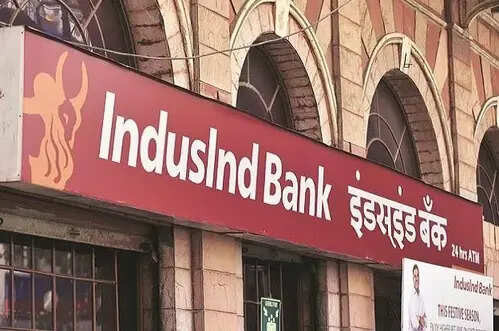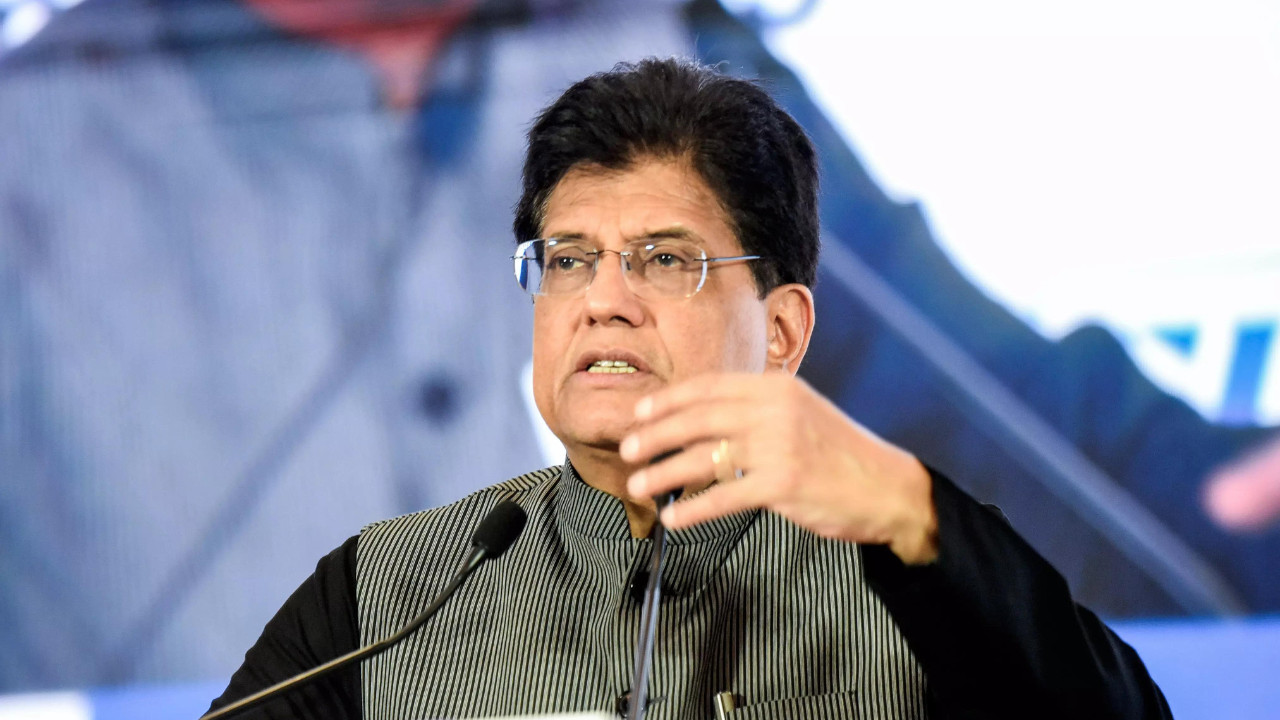IndusInd Bank’s Hiccup: A Rare Stumble After Nearly Two Decades of Smooth Sailing
Okay, let’s talk about IndusInd Bank. They’ve been a steady presence in the Indian banking landscape for what feels like forever, right? A reliable name, known for innovation and generally solid performance. That’s why the recent news of their first quarterly loss in a whopping 19 years definitely raised a few eyebrows – mine included!
The headline, stark and unavoidable, practically screamed: “IndusInd Bank Posts Quarterly Loss After Nearly Two Decades.” It’s the kind of news that makes you stop scrolling and pay attention. After all, in the world of finance, consistency is king. And a deviation from that consistency, especially after such a long run, begs the question: what’s going on?
So, let’s dive in. The report reveals a loss of ₹385 crore for the quarter ending March 2024. Now, numbers can be dry, but this figure represents a significant shift from the ₹2,043 crore profit they raked in during the same period last year. That’s a pretty dramatic swing, and it’s natural to wonder where things went off track.
The primary culprit, it seems, is an increase in provisions for bad loans. In layman’s terms, this means IndusInd Bank had to set aside a larger chunk of money to cover loans they don’t expect to be repaid. Specifically, these provisions jumped significantly to ₹2,336 crore, a substantial hike from the ₹1,029 crore allocated the previous year. This suggests that some loans are turning sour, and the bank is bracing for potential defaults.
But what’s driving this increase in non-performing assets (NPAs)? While the news article doesn’t explicitly pinpoint the exact cause, we can infer some likely contributing factors. The broader economic climate plays a vital role. Has there been a sector-specific downturn impacting businesses that borrowed from IndusInd Bank? Are rising interest rates putting a strain on borrowers’ ability to repay? These are the questions swirling around in the background.
It’s also worth considering the bank’s lending portfolio. Were there specific sectors or industries that saw a concentrated increase in lending during the period leading up to this loss? Higher growth often comes with higher risk, and aggressive expansion in certain areas can sometimes lead to a build-up of vulnerable loans. Understanding where those loans were concentrated is crucial to understanding the nature of the problem.
Now, it’s important to keep things in perspective. One quarterly loss doesn’t necessarily signify a long-term decline. Banks, like any business, go through cycles. There are periods of robust growth and periods of consolidation and recalibration. And while this loss is undoubtedly a setback, IndusInd Bank still boasts a considerable asset base and a well-established franchise.
The real test will be how the bank responds to this challenge. What steps will they take to address the rising NPAs? Are they tightening lending standards to prevent future losses? Are they actively working with struggling borrowers to restructure their debts? The actions they take in the coming quarters will be crucial in shaping investor confidence and determining the bank’s trajectory.
The article also mentions that despite the loss, IndusInd Bank’s net interest income (NII) actually grew by 17% year-on-year. This is a positive sign, indicating that the core business of lending and borrowing is still performing relatively well. However, this growth was ultimately overshadowed by the larger impact of the increased provisions for bad loans.
So, where does this leave us? IndusInd Bank has experienced a rare, but significant, stumble. While the increased provisions for bad loans paint a concerning picture, it’s crucial to avoid jumping to conclusions. The bank’s strong underlying business, as evidenced by the growth in NII, suggests that the situation might be more of a temporary blip than a fundamental crisis.
The key takeaway here is vigilance. Pay close attention to IndusInd Bank’s performance in the coming quarters. Monitor their efforts to manage NPAs and their strategies for navigating the current economic landscape. The banking sector is a vital part of India’s economic engine, and the health of individual banks directly impacts the overall financial stability of the country. This situation with IndusInd Bank serves as a reminder that even established players aren’t immune to challenges and that constant monitoring and adaptation are essential for long-term success.
📬 Stay informed — follow us for more insightful updates!







